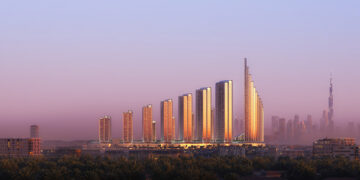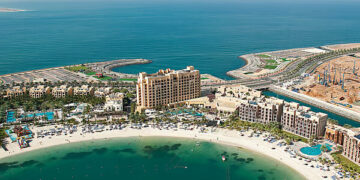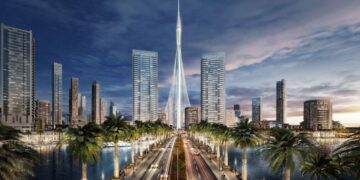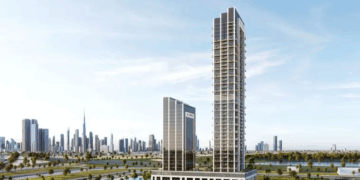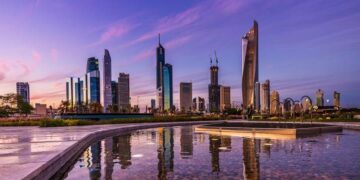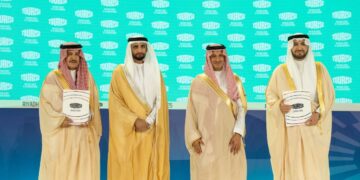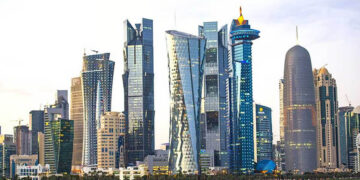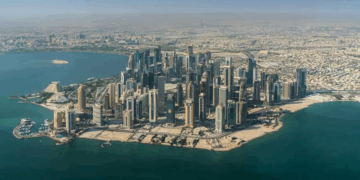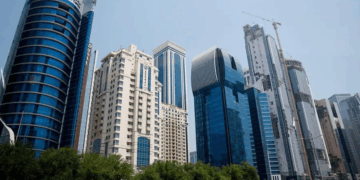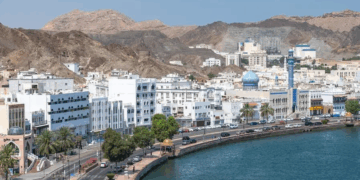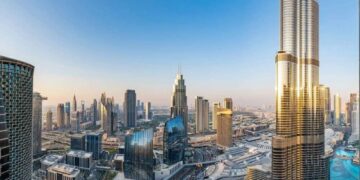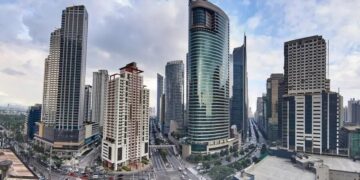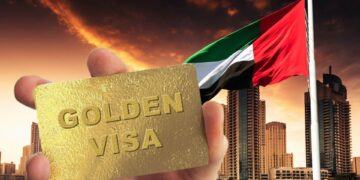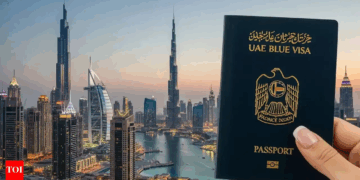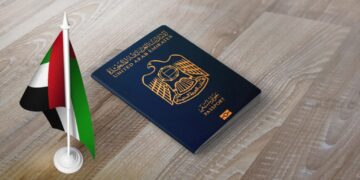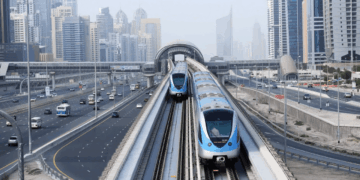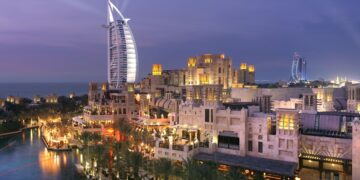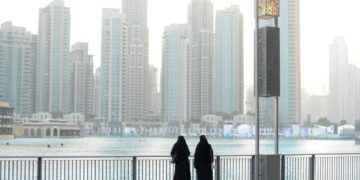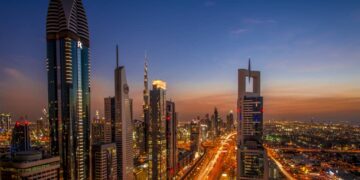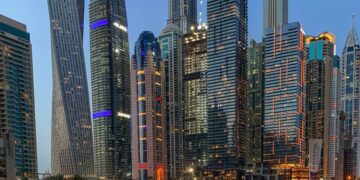The Dubai real estate sector has seen an increase in foreign investment following the introduction of 25% US tariffs on steel and aluminum imports, with American and Chinese investors exhibiting increased interest in the emirate’s real estate market, according to a new analysis.
The UAE remains the second-largest aluminium supplier to the United States, exporting 350,000 tonnes in 2024.
The metals contribute to aerospace, defence, real estate, and automotive manufacturing sectors, the Betterhomes report titled ‘Will Trump’s Tariffs impact UAE real estate?’ said.
Dubai Real Estate Positioned as Safe Haven Amid Escalating U.S. Trade Tensions”
Despite the taxes on imports into the American market, construction material costs in Dubai remain untouched because the UAE has no reciprocal charges on its own imports.
“At Betterhomes, we’ve observed a marked shift since the imposition of tariffs, with interest from US and Chinese investors rising by over 40 per cent month-on-month. Website traffic from these markets surged by 60 per cent, signalling a renewed appetite for Dubai real estate as a stable and strategic investment destination,” Louis Harding, CEO of Betterhomes said.
Despite global volatility, the UAE’s economy is resilient, fueled by increased oil production and a tourism sector that will welcome 19 million visitors in 2024.
The country’s total population has surpassed 12 million, with 4 million living in Dubai. A pipeline of 3,500 infrastructure and real estate projects ensures ongoing expansion.
Dubai’s unique location as a worldwide commerce hub allows for greater re-exports and transhipment activity.
Companies seek to reduce tariff effects by rerouting goods through Dubai’s free zones, particularly the Jebel Ali Free Zone. The city has been appealing to Asian investors, notably those from China, as they redirect money flows away from volatile markets.
The UAE government intends to quadruple foreign direct investment inflows to $65 billion by 2031 in the logistics, finance, renewable energy, and information technology sectors.
Dubai’s Real Estate Strategy 2033 intends to expand housing supply and homeownership by 33% while tripling the sector’s GDP contribution.
Oil production forecasts see the UAE’s output reaching 3.27 million barrels per day by 2026, in line with OPEC+ plans. ADNOC aims to increase production to 5 million barrels per day by 2027.
The UAE’s fiscal budget for 2025 totals AED 71 billion, with AED 28 billion set aside for social development, pensions, education, and infrastructure. Transportation and logistics get AED 2.6 billion.
The International Monetary Fund expects non-oil economic growth in the Gulf Cooperation Council to drop to 3.4% by 2026, although the UAE maintains regional leadership with 4.6 percent growth, beating Oman and Saudi Arabia.
Dubai’s foreign direct investment doubled between 2020 and 2024, showcasing its flexibility as an investment hub.
Despite global uncertainty, the forecast for 2025 remains positive. Real estate sales in April increased by 23% month on month, totaling AED 46 billion.
The emirate saw the highest migration of millionaires globally, bolstering its reputation as an investment haven. Infrastructure projects funded by government initiatives continue to improve connectivity, hence promoting real estate market growth.
Property demand patterns suggest that 90 percent of villa and townhouse communities have more demand than supply, which drives up property values. Investors from India, Europe, China, and Pakistan continue to show interest in off-plan developments.
Recent buyer behavior indicates that Indian, Pakistani, British, Italian, and German buyers will remain the most active in the market during the first quarter of 2025. Mortgage transactions climbed steadily in 2024, with demand for villas and townhouses propelling market activity.
The GCC region sends only 4% of its overall exports to the United States, whereas the US imports only 1% of its total imports from GCC countries. This little exposure shows that the region retains a low strategic importance in US import patterns.
Despite the fact that the United States has free trade agreements with Canada and Mexico, tariffs remain in place, despite the fact that roughly one-third of US aluminum and steel imports come from Canada. Political issues with Canada, as well as President Trump’s efforts to build ties with Gulf governments, which include trips to Saudi Arabia, the UAE, and Qatar, open up strategic opportunities for bilateral deals.
A prospective bilateral agreement between the United States and the UAE might increase the UAE’s aluminum export volumes to America while also providing the US with grounds to decrease tariffs on imports from Gulf neighbors, strengthening regional economic and political connections.
The UAE announced a $1.4 trillion investment in a new American aluminum smelter, which is anticipated to quadruple domestic US production and strengthen trade stability.














